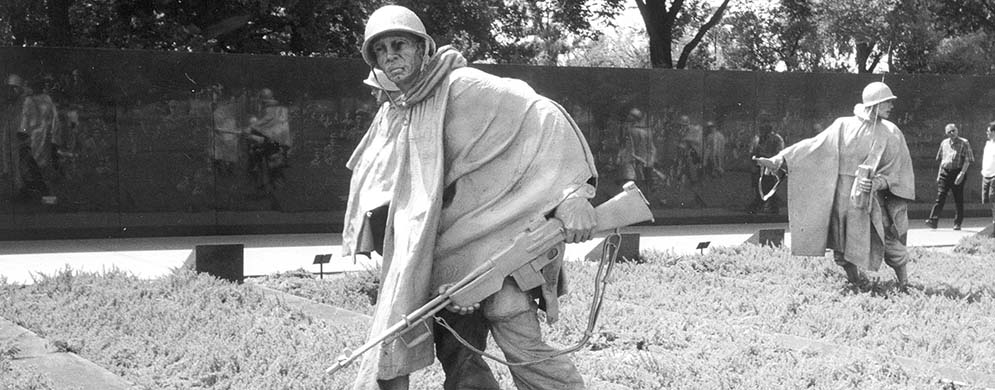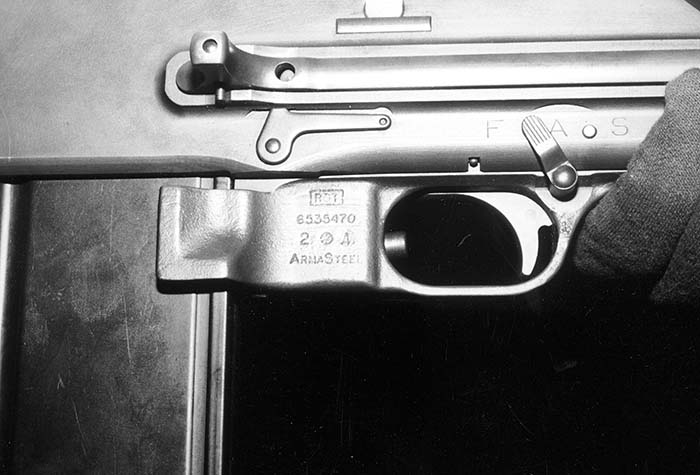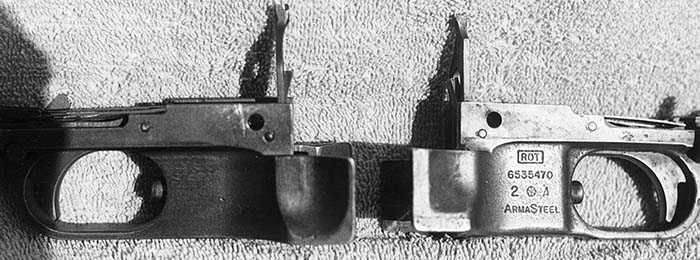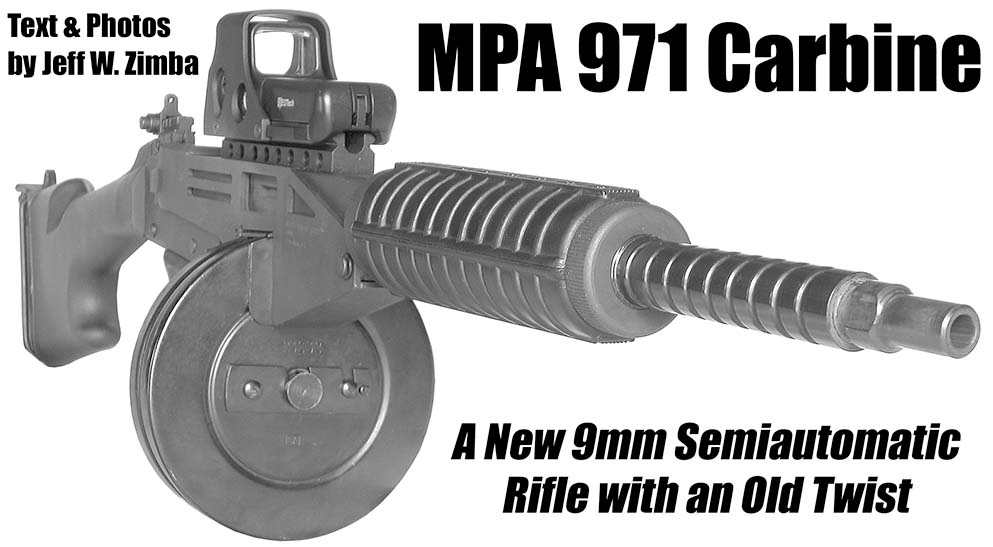The Korean War Memorial, Washington, D.C. Photo: Art Ober
By James L. Ballou
When the North Korean Army crossed the 38th parallel on 25 June 1950, the United States was just as unprepared for War as on 7 December 1941. Demobilization and downsizing had weakened the post World War II armies to an anemic force incapable of stemming the flow of the enemy.
Fortunately, the supply lines were much shorter for the defenders, the Eighth Army under General Walton H. Walker, General of the Army. Japan lies less that two hundred miles south of Korea. This offered an ideal staging area for the strategic response of the fifteen nations making up the NATO alliance.
General of the Armies Douglas Mc Arthur was firmly ensconced in Japan, an American Shogun, as well as supreme commander of US Armed Forces; he was also the Military Governor of Japan.
In his after action report, Infantry Operations and Weapons Use in Korea, S.L.A. Marshall stated early on that problems arose with reconditioned BAR’s. It seems that Mc Arthur had allowed the Japanese to do depot maintenance on WW II BAR’s. They neglected to replace the operating springs, which resulted in failure to feed. A recent phone conversation with James Sheehan from Dracut Massachusetts, a veteran of the 25th infantry division, confirmed the fact that he remembers many hours of BAR fire with a high expenditure of ammunition while he was in Korea. He was told that they were testing all BAR’s sent from Japan. It is nice to be able to corroborate legends as historical fact.
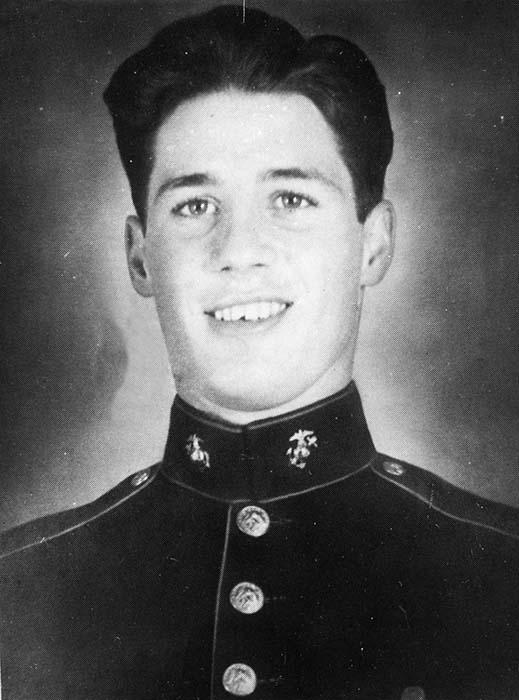
The UN forces in Korea, particularly the US Marines, demanded more BAR’s, hence an order was placed for 61,000 units from the Royal Typewriter Company in Hartford Connecticut. Though often referred to as Royal McBee, this was not the case as all parts are marked ROT .The serial numbers range from 653,000 to 885,000, all attempts to track down the production were met without success.

Royal would not even admit that they produced the M1A1 stock for the paratrooper stocks for our carbines. Political correctness lead to many denials. Though 61,000 were produced, most ended up in the UK. The movie “Saving Private Ryan” was made entirely with ROT BAR’s.
Royal Typewriter made much use of investment castings and utilized the Arma Steel technique developed by the Saginaw Malleable Iron Division General Motors in 1943. This not only cut costs but also hastened production.
The tactical use of the BAR reached its zenith in the Korean Police Action. There are more stories of reverence reaching total awe to come out of the campaign. One such story is of a young Marine from Beverly, Massachusetts who was awarded the Medal of Honor posthumously for his actions on the night of September 16th 1951. Corporal Joseph R. Vittori held off enemy hordes attacking his position, firing more than a thousand rounds of ammunition killing more than forty of the enemy before he was fatally wounded. Corporal Vittori volunteered to remain behind while his battalion withdrew from a hill in Korea. He placed several BAR’s strategically located on the crest of the hill: He ran from between positions firing his BAR’s, making the enemy think that the hill was occupied by a larger force. Thus allowing his fellow Marines to withdraw safely.
In the citation signed by President Harry S. Truman, he described Vittori as “A hero among Marine heroes”. It is not a coincidence that so many men used the “Rock” of the BAR to accomplish heroic deeds.
Note: All material is taken from the research of the book Rock in a Hard Place.
| This article first appeared in Small Arms Review V4N12 (September 2001) |



